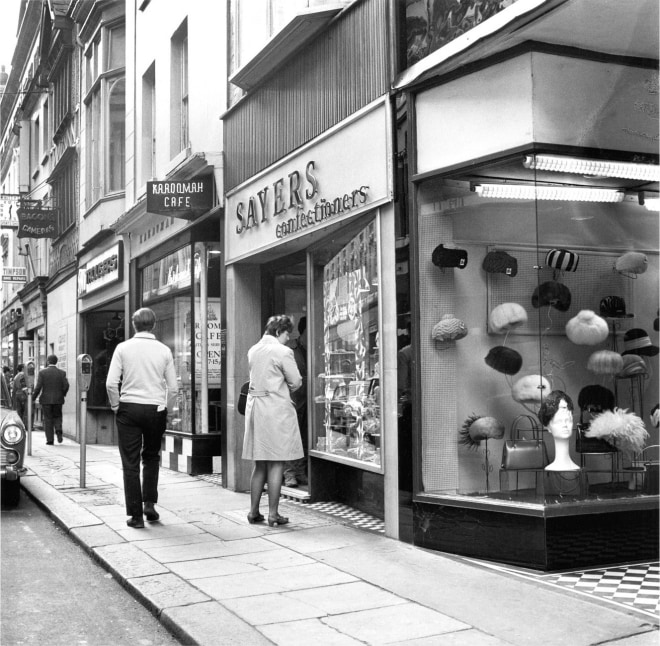
In times of a relentless acceleration of our everyday life we increasingly yearn for leisure time and room for reflection. Hence, the figure of the flâneur has become more relevant than ever. His slow pace and his roaming gaze stand in contrast to our purposive actions and hectic movements.
The originally literary motive of the flâneur is closely connected to the urban environment. The flâneur is both the eye that looks at the city and the eye through which the city looks at itself. The roaming gaze of the flâneur who strolls aimlessly along streets and squares, hoarding the impressions gained en route, has proved a fitting gauge of the fleeting, fickle, protean big city ever since the early days of modernism. The exhibition accordingly does not only deal with this subject from a historic point of view; it rather demonstrates the flâneur’s development up to the present.
The exhibition follows the flâneur’s history over a period of 100 years, from the late 19th into the 21st century. Works of Impressionism, Expressionism, and New Objectivity present Berlin and Paris as the flâneur’s first spaces of action. Since the 1930s, photography is likewise a key medium for the urban experience and contemporary artists also use performance, film, and audio-walk as a means of actively experiencing and defining the dynamic structures of the city.